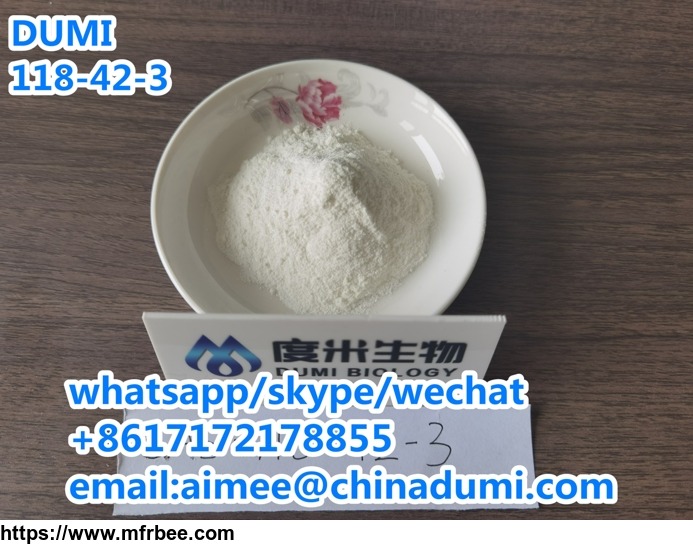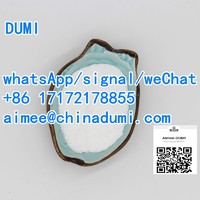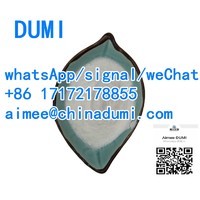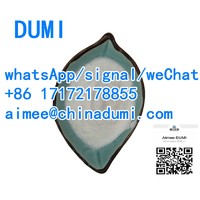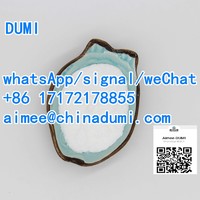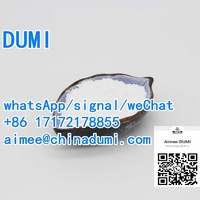118-42-3 hydroxychloroquine
Specifications
hydroxychloroquine Biological Activity
| Description | Hydroxychloroquine is a synthetic antimalarial agent which can also inhibit Toll-like receptor 7/9 (TLR7/9) signaling. Hydroxychloroquine is efficiently inhibits SARS-CoV-2 infection in vitro[1][2][3]. |
|---|---|
| Related Catalog |
Signaling Pathways
Research Areas
Research Areas
Signaling Pathways
Signaling Pathways
|
| References |
[1]. Manzo C, et al. Psychomotor Agitation Following Treatment with Hydroxychloroquine. Drug Saf Case Rep. 2017 Dec;4(1):6.
[2]. Lamphier M, et al. Novel small molecule inhibitors of TLR7 and TLR9: mechanism of action and efficacy in vivo. Mol Pharmacol. 2014 Mar;85(3):429-40. [3]. Yao X, et al. In Vitro Antiviral Activity and Projection of Optimized Dosing Design of Hydroxychloroquine for the Treatment of Severe Acute Respiratory Syndrome Coronavirus 2 (SARS-CoV-2). Clin Infect Dis. 2020 Mar 9. pii: ciaa237. |
Chemical & Physical Properties
| Density | 1.176 g/cm3 |
|---|---|
| Boiling Point | 516.7ºC at 760 mmHg |
| Melting Point | 89-91° |
| Molecular Formula | C18H26ClN3O |
| Molecular Weight | 335.87200 |
| Flash Point | 266.3ºC |
| Exact Mass | 335.17600 |
| PSA | 48.39000 |
| LogP | 3.85600 |
| Vapour Pressure | 1.68E-11mmHg at 25°C |
| Index of Refraction | 1.5790 (estimate) |
- Contact: Aimee smith
